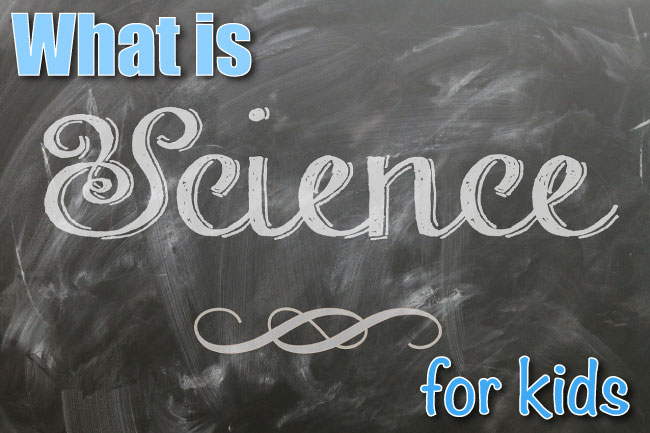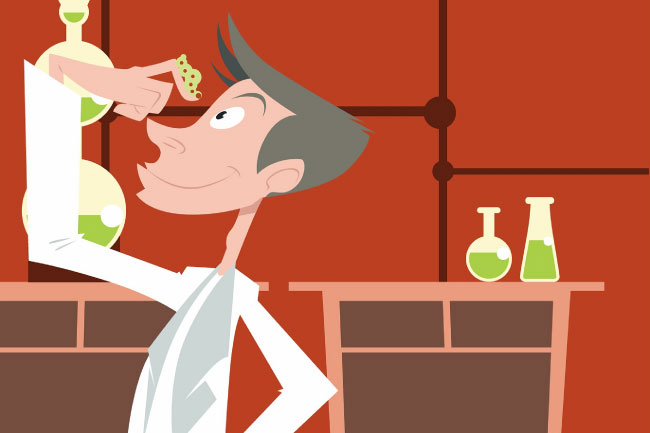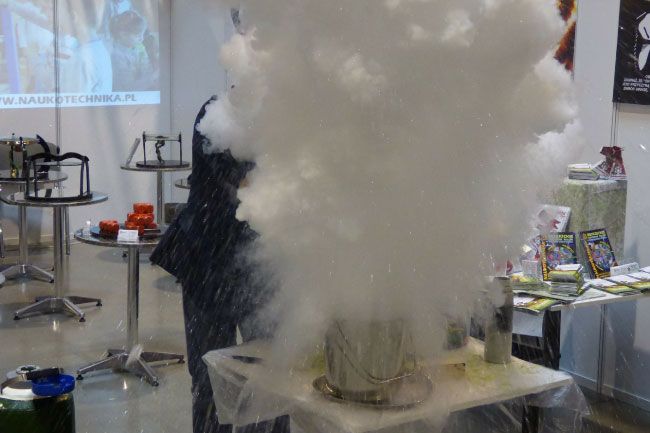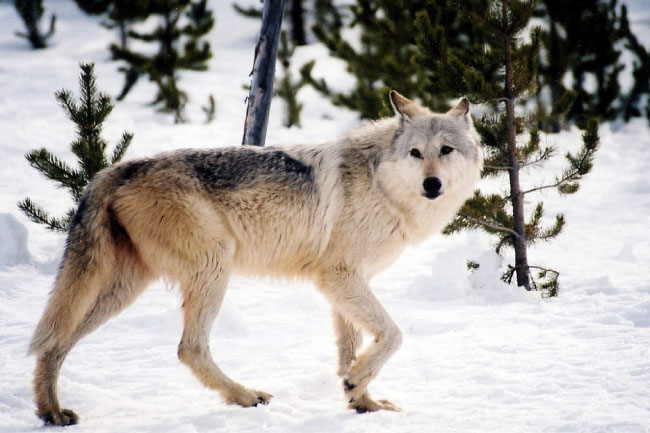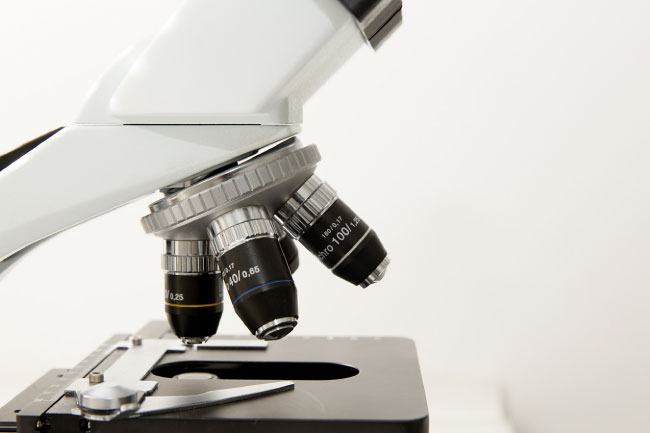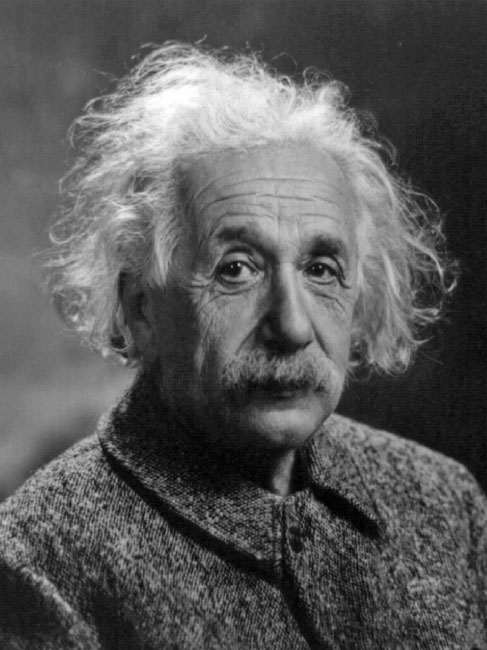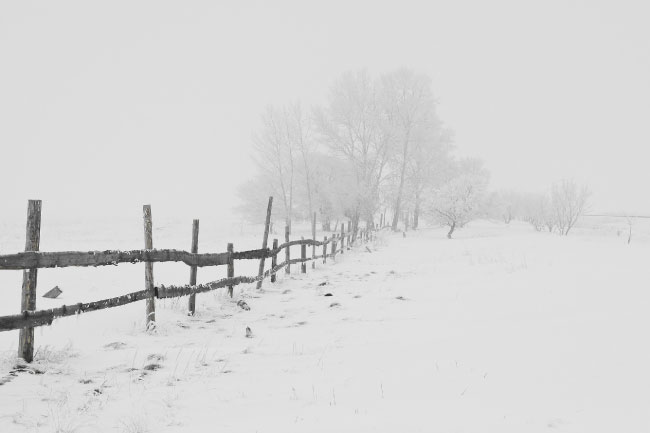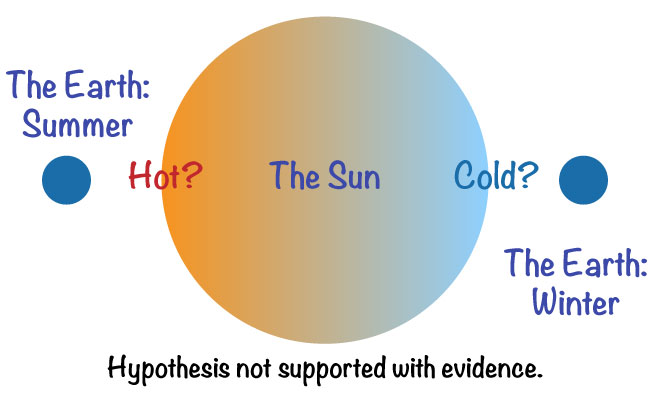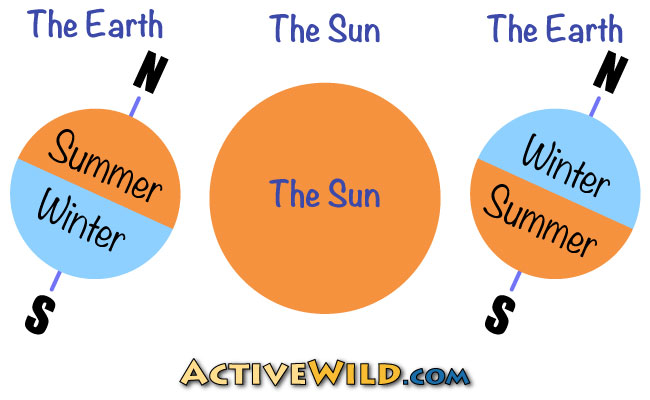In this article we’ll answer the question what is science for kids. Once we’ve agreed on a definition of science, we’ll look at the different types (branches) of science.
We’ll then look at the ‘scientific method’. This is the way in which scientists go about their work, and how they make their amazing discoveries!
What is science? Let’s find out …
What Is Science For Kids
Let’s get started by asking ‘What is science?’
The word itself comes from the Latin word scire, which means ‘to know’.
Science is concerned with obtaining knowledge. Here’s one definition of science:
‘Science is how we try to improve our knowledge and understanding of the universe.’
That’s a good definition, and perfectly true, but it doesn’t quite go far enough.
This is because science is not just learning about the universe. Science is the system we use to learn about the universe.
This definition of science is better:
‘Science is a means of improving our knowledge and understanding of the universe based on the collection of observation-based evidence.’
It’s a bit of a mouthful, but it’s a much better way to describe science.
What the ‘collection of observation-based evidence’ part means is that science relies on experiments. Experiments test whether a scientist’s explanations for why things happen are right or wrong.
To be even more precise, experiments provide evidence to support a scientist’s explanations for why or how things happen.
Experiments Provide Evidence To Support Scientists’ Explanations
Anyone can say why they think the sky is blue, or why grass is green, or why it gets cold in the winter. But why should we listen to them?
Long, long, ago, many people thought that the world was flat. What made them stop believing this?
People stopped believing that the world was flat when explorers sailed their ships all around the world. By doing so the explorers provided evidence that the world was round.
In science, you can think up all kinds of crazy ways to explain the things you observe. But you need evidence to back up your explanations.
The evidence is obtained by doing experiments.
This brings us to something called the ‘Scientific Method’. We’ll take a look at the scientific method further down the page. First we're going to find out about the different types of science.
Although in science, the types of science are known as ‘branches’. This is because everything in science is connected, like the branches of a tree.
What Is Science For Kids: Branches Of Science
The main type of science is natural science. Natural science studies the natural world and everything in the universe. In the natural sciences, the scientific method is used to increase our knowledge of the universe.
Branches Of Natural Science
There are two main branches of natural science. These are life science and physical science. Each of these can be broken down into smaller branches
Life Science
Life science is centred around biology, which is the study of living things. Other life sciences include the various branches of biology. Some of these are:
- Zoology (the study of animals)
- Botany (the study of plants)
- Paleontology (the study of fossils)
Physical Science
Physical science studies non-living things. It has several branches, including:
- Chemistry (the study of substances and materials and how they are form and interact)
- Physics (the study of energy in all of its forms, including heat, electricity and magnetism)
- Astronomy (the study of celestial objects, including the planets, the moon, galaxies, black holes and comets)
- Earth Science (the study of planet Earth, including meteorology (the study of the atmosphere), and geology (the study of the Earth, including rocks, soil, and rivers).
Other Branches Of Science
The other two types of science are formal science and social science.
- Formal science includes subjects such as logic, mathematics and statistics. It is often used in life science to analyse and categorise discoveries and data.
- Social science is concerned with the study of people and social groups. It includes subjects such as economics and history.
Think about which of the sciences you would like to study, and why.
What Is Science For Kids: The Scientific Method
In all the branches of life science, the scientific method is used to make discoveries and add to mankind’s understanding of the universe.
There are a number of stages of the scientific method:
1. Observation: 'It gets cold in winter!'
It all starts with an observation.
It’s time for you to pretend that you are a mad scientist.
The 'madder' the better; just look at this guy:
You’re trying to explain why it gets cold in the winter.
The scientific method has begun; your observation is: ‘It’s colder in the winter than in the summer’.
2. Hypotheses
A hypothesis is an explanation of why you think something happens.
Can you think of reasons to explain why it’s colder in the winter than in the summer? (The crazier the better!)
For example …
You could say that you think one half of the Sun is colder, and in winter the Earth is closer to the cold half of the Sun. That’s your (crazy) explanation.
If you didn’t know anything about the sun, then that might seem like a perfectly good explanation.
But it wouldn’t be scientific … unless it had been tested.
3. Prediction
From your hypothesis, you would be able to predict that there would be a difference in temperature between the two halves of the sun.
4. Experiment
To test your explanation, you would need to measure the temperature on both sides of the sun.
Imagine if you did just that.
If you found the temperatures to be different, then your explanation might have been supported.
But what you would have found (if you really did the experiment) is that the Sun hasn’t got a ‘cold half’.
Your explanation – or hypothesis – would not have been supported.
(However, you would still have increased mankind’s knowledge of the universe. People would know that the sun didn’t have a cold half.)
You could then either give up being a scientist, and try to be a professional footballer instead; England need a good striker.
Or, you could come up with another hypothesis to explain why it gets colder in the winter.
2. Another Hypothesis (back to stage 2!)
After thinking about it a bit more, you decide that it’s colder in winter because the Earth is tilted at an angle.
In the winter, your part of the world would be further away from the Sun. In the summer, your part of the world would be nearer the sun.
This explanation – or hypothesis – sounds believable. But then so did the first one!
3. Another Prediction
This time you predict that – due to the Earth being tilted at an angle – your part of the world is further away from the sun in the winter than it is in the summer.
Suppose you were able to test your hypothesis by measuring the distance from where you live to the Sun. Suppose you did your test – your experiment – in the winter and again in the summer.
You would find out that, due to the angle at which the world was tilted, your part of the world was further away from the Sun in the winter than in the summer?
Now you’ve got evidence to support your hypothesis.
But you haven’t got proof. Scientists don’t ‘prove’ things; they collect evidence to support their explanations.
4. Replication
It’s not over yet. Your measurements could have been wrong. Your equipment may not have been working correctly. You may have been measuring the distance to the Moon, and not the Sun!
To be truly scientific, you would need to have written down how you did your experiment so that other scientists could do exactly the same experiment.
Once your experiment had been done again in exactly the same way – replicated – and the results were found to have been the same, then the evidence to support your hypothesis would be even stronger.
Other people in your part of the world would do similar experiments. They would all find evidence to support your hypothesis.
5. Your Hypothesis Becomes A Theory
If everyone who did the experiment found evidence to support your hypothesis, then it would eventually become a theory.
A theory is a generally accepted understanding of why something occurs.
Using your theory, people on the other side of the world could now predict – without doing experiments of their own – that when it was summer in your part of the world, their part of the world would be further away from the Sun.
They could then start to carry out their own experiments based on your theory.
Football’s loss is science’s gain!
What Is Science For Kids: Conclusion
We hope that you have enjoyed finding out about the different branches of science and the scientific method.
If we have inspired you to become a scientist, take a look at our other science articles: you might get an idea for your first experiment! Active Wild Science Articles.

